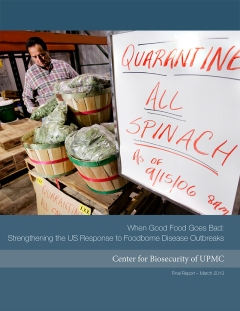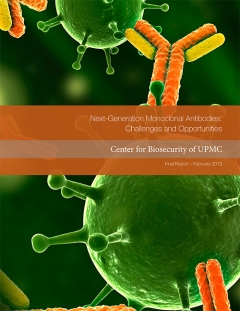This is an eclectic overview of social-science theory and its interdisciplinary connections, with a practical objective: to clear the ground for constructing a large-scale historical data resource that ranges across social-science data with links to natural-science data in health and climate. The hope of finding empirical patterns at the global level—and of finding empirical linkages among various sorts of human experience over time—requires that analysts spell out theoretical linkages among social sciences. If we can’t link social sciences explicitly into a larger web of theory about human behavior, we are left with a positivistic segregation of economy from society and culture as the best we can do in analysis. Such an approach, which still survives in parts of the academy, runs counter to the widespread intuitive sense that we live in a highly connected and interactive society. Our limited ability to express this connectedness in theoretical terms means that, in describing a past that precedes our contemporary intuition, we have only the analytical tools of segregated disciplines. World historians have been writing narratives that suggest a global interweaving of complex historical dynamics, but they have made little progress in formalizing their interpretations.1 For lack of clear statements on past links among the domains of economics, society, and politics, we underestimate the degree of past connectedness in human affairs. As a result, our comparisons of past and present overestimate the rate of change in social interaction. In turn, such miscalculation of current rates of globalization exaggerates and misdirects our ability to intervene with policy to address current crises and to project future changes. Fortunately, there have been some advances in exploring interdisciplinary connections in the social sciences. These advances have been achieved particularly at macro levels, for instance in historical world-systems analysis and in studies of contemporary globalization. In addition, many more cross-disciplinary insights have doubtless been developed but remain below the radar for lack of a sufficiently robust overall discourse on unifying the social sciences.2


